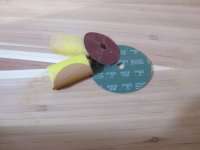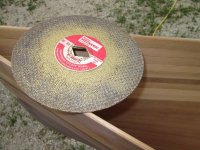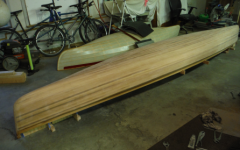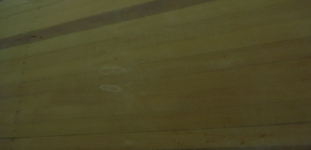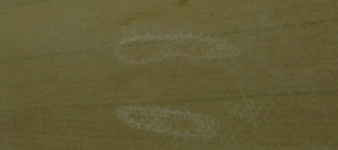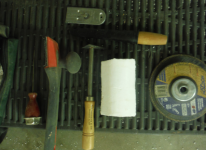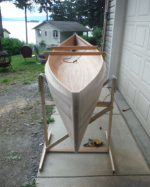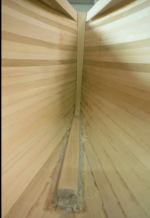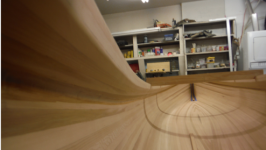Moving on. Slow but steady progress over the past week or so. After flipping the canoe and putting together a cradle, I did the fill coats on the section above the knuckle. I followed Dogbrain's lead on this, since it was just too difficult to get at it upside down. The outside is now essentially finished, with the exception of varnish.
I spent last Saturday scraping, poking, sanding (80, 100, wet out, 150), , etc., and added a fillet on the inside of the knuckle. I also added a fillet on part of the front stem, but had to wrap things up before it was completed. Once the stem fillets are complete, as well as some spot sanding, I will be ready for glass. I didn't perfectly sand inside the stems (the last 10 inches on either end) at because I plan to add a bulkhead at around 12" from either end. I am still not settled on a breasthook/bulkhead style, though.
6 oz. glass is in the mail. I will be adding a full layer of 6 oz., and a partial layer of 4 oz. Perhaps one fill coat.
I plan to do a seal coat on the inside before glassing and then wet out the glass one layer at a time. I am wondering if anyone has advice on the timing between the sealcoat and the first layer of glass, as well as between the two layers of glass. Stripperguy, I could have sworn I noticed in a build thread, that you waited a couple days between seal coat and glass. Was that my imagination? If not, was it intentional?
